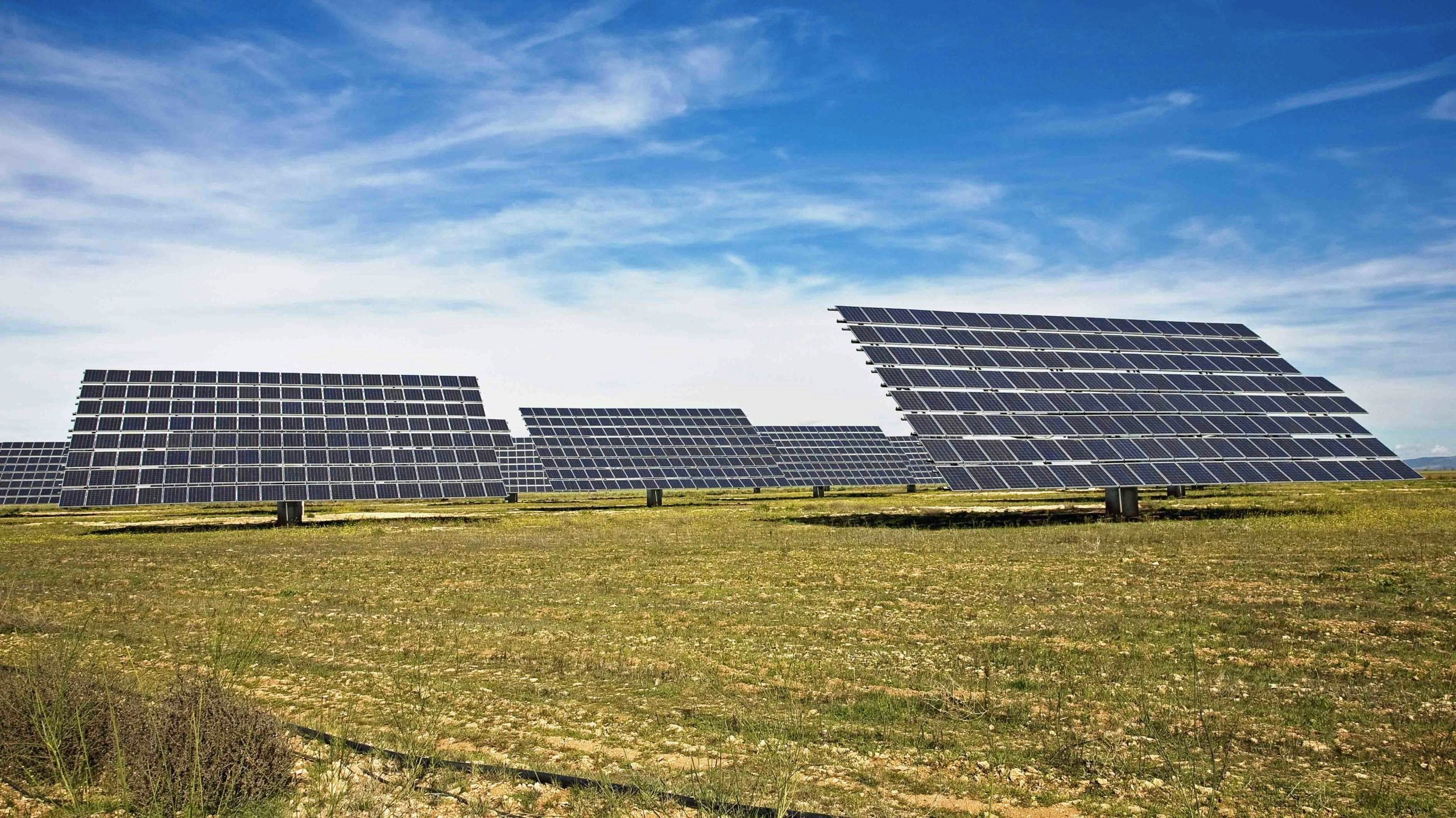While solar energy is presented as a carbon-free alternative to electrical generation from fossil fuels, investigations into the data on solar power’s carbon intensity are showing it’s far less green than is being reported.
The International Panel on Climate Change puts the carbon dioxide emissions of solar at 48 grams per kilowatt hour of electricity produced, but independent Italian researcher Enrico Mariutti calculates that it’s actually as much as five times higher.
This means, if Mariutti’s estimates are correct, solar energy produces as much as 62.5% the carbon dioxide as natural gas-fired electrical generation and as much as five times more than natural gas power with carbon capture technology installed.
Carbon Intensity
Carbon intensity is calculated by multiplying the amount of energy produced by the burned fuel by the amount of emissions produced. That’s easy with fossil fuels.
Solar energy produces no carbon dioxide emissions while it’s in operation. The carbon dioxide associated with solar energy happens during the extraction of the raw materials to make solar panels, through the manufacturing process and shipping.
Solar panels require a lot of energy to produce, and China dominates the market in panel manufacturing. With its industrial power fed primarily by coal, solar panel manufacturing in China produces a lot of carbon dioxide emissions.
“The dirty little secret with so-called renewable energy — I call it unreliable energy — wind and solar, is that it takes immense amounts of energy to create them,” Travis Deti, executive director of the Wyoming Mining Association, told Cowboy State Daily.
Quite The Crusader
A couple years ago, Mariutti began to notice discrepancies in the source data for the carbon footprint of photovoltaic systems.
Mariutti told Public, a publication founded by energy watchdog Michael Shellenberger, that he thought the carbon footprint data for panels looked too small in light of the raw materials used, which includes silicon, aluminum, copper, glass, steel and silver.
B.F. Randall, who has a background in project development and finance, had become interested in Mariutti’s work and invited him to write some articles for Randall’s Substack.
“He’s quite the crusader,” Randall told Cowboy State Daily.
Mariutti explains in “The Dirty Secret Of The Photovoltaic Industry” that the International Panel on Climate Change and other authoritative sources on the carbon intensity of solar panels, which estimate it to be 10 times lower than natural gas, are all based on the same studies and data that haven’t been validated.
China Rises
Until the mid-2000s, Public reports, the market for solar panel manufacturing was dominated by Japanese, U.S. and German manufacturers. In less than a decade, China’s global share of panel manufacturing rose from 14% in 2006 to 60% by 2013.
In 2021, according to marketing intelligence firm Bernreutuer Research, China produced over 80% of global solar-grade polysilicon, and the country manufactured 97% of the world’s solar wafers — both critical to the manufacturing of solar panels.
After noticing the questionable data for solar’s carbon intensity, Mariutti began asking questions of the data compilers. The responses were less than forthcoming and sometimes evasive.
In February, Mariutti began publishing his findings that scientists were using European data to model the carbon footprint of solar energy.
With Chinese coal-fired industry making most of the world’s panels, this data was severely underestimating the carbon intensity of solar.
Role Of Coal
American Coal Council CEO Emily Arthun, who lives in Gillette, told Cowboy State Daily that it’s troubling that people don’t realize the role coal plays in the production of not just solar panels, but also wind turbines.
While virtually all the coal produced in Wyoming is thermal coal and used in the production of electricity, metallurgical coal is used in industrial processes, such as making the steel in wind towners and the polysilicon in solar panels.
“When the average American talks about coal, they think of thermal coal and energy. Coal has such a much broader economic impact than just electricity,” Arthun said.
She said that this understanding is also lacking when policymakers are considering the ramifications of regulations impacting the coal industry.
Dependent On China
Deti points out that Chinese dominance of the solar panel market not only makes solar energy more carbon intensive, it undermines American energy independence as it tries to transition to a grid based more on wind and solar.
As much as the Biden administration talks about developing domestic sources of the critical minerals for solar panels and wind turbines, he said, it can take a decade or more to permit a mine in the U.S. As a result, much of the manufacturing and mining needed for this energy transition is being outsourced to China and other countries that aren’t always friendly with the United States.
“The hypocrisy of it all is that they don't have the environmental standards, the pollution standards and the emission standards of the U.S.” Deti said. “That’s the dirty little secret with so-called clean energy.”





